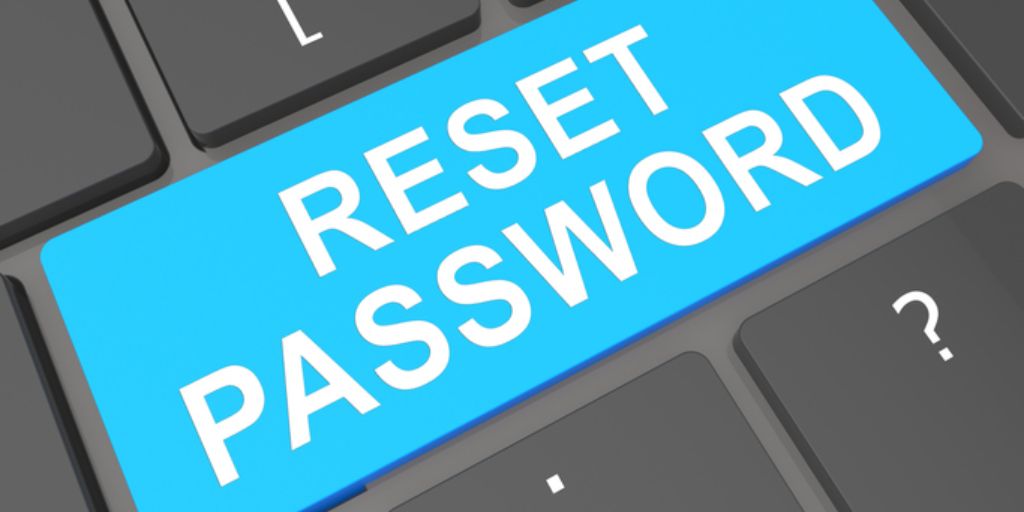In today’s digital world, passwords act as the gatekeepers to our online lives. Whether it’s logging into social media, online banking, or your work email, forgetting a password can quickly bring your digital activity to a halt. But while recovering a password may seem straightforward, doing so safely and securely is crucial to avoid compromising your data.
This guide outlines safe and effective strategies to recover forgotten passwords across devices and platforms, along with tips to prevent future lockouts — all without falling victim to scams or exposing sensitive information.
1. Try the Built-in “Forgot Password” Option
Most reputable services (Google, Apple, Facebook, banks, etc.) offer a “Forgot Password” or “Reset Password” link on their login screens. This is the safest and most direct method.
Steps:
-
Click the “Forgot Password” link.
-
Enter your username or email address.
-
Follow the prompts — usually you’ll receive a reset link via email or SMS.
-
Choose a strong, unique new password when prompted.
🔒 Safety Tip: Always ensure you’re on the official website or app. Fake password reset pages (phishing sites) are common scams.
2. Use a Password Manager With Recovery Features
If you use a password manager like LastPass, 1Password, or Bitwarden, recovering forgotten passwords is much easier. These apps securely store and autofill your credentials.
Recovery process:
-
Sign into your password manager’s website or app (some require a recovery key or biometric confirmation).
-
Search for the account you forgot.
-
Copy the stored password or initiate a reset from within the manager.
🧠 Tip: Most password managers now offer emergency access and account recovery features using trusted contacts or security keys.
3. Check Browser-Saved Passwords
If you’ve ever saved a password in your browser, it may be retrievable:
For Chrome:
-
Go to
chrome://settings/passwords -
Search for the account.
-
Click the eye icon (may require your device password)
For Edge/Firefox:
-
Edge:
edge://settings/passwords -
Firefox: Menu > Settings > Privacy & Security > Saved Logins
This method works only if you allowed the browser to store your password previously.
🔐 Reminder: Protect your device login credentials. Anyone with access to your device could potentially view stored passwords.
4. Use Account Recovery Tools
Platforms like Google, Apple, and Microsoft have dedicated account recovery tools when normal reset options fail.
Google Account Recovery:
-
Answer security questions or confirm device activity.
Apple ID Recovery:
-
Go to iforgot.apple.com
-
Authenticate with trusted devices, recovery keys, or contact Apple Support.
Microsoft Account Recovery:
-
May involve verifying recent activity or devices.
These tools are multi-step and secure, designed to ensure only rightful owners regain access.
5. Use Trusted Devices or Locations
Some services automatically approve password resets faster when:
-
You’re using a recognized device (your personal phone or computer)
-
You’re on a familiar Wi-Fi network
If you’re prompted to answer security questions, try using a device you normally log in from. This reduces the chances of triggering a security block or identity verification hurdles.
6. Contact Customer Support
If you’ve tried the built-in recovery process and still can’t access your account, contact customer support. This is especially helpful for:
-
Online banking or investment accounts
-
Subscription services (Netflix, Spotify, etc.)
-
Work/school email accounts
Be prepared to verify:
-
Full name and account email
-
Phone number on file
-
Recent transactions or activity
-
ID verification (for banks or secured accounts)
Always reach out via official support channels listed on the service’s website — never through links from suspicious emails or ads.
7. Avoid Password Recovery Scams
When in a panic to recover an account, people often fall for phishing attacks or shady tools promising “instant recovery.”

Red flags:
-
Emails asking you to “verify your account” with a link
-
Messages with urgent language like “Your account will be deleted!”
-
Fake support agents on social media
-
Unofficial recovery tools asking for full passwords
🚨 NEVER give your full password, 2FA codes, or recovery keys to third parties. Always verify the website URL or app publisher before entering sensitive information.
8. Use Two-Factor Authentication (2FA) Safely
2FA (Two-Factor Authentication) adds a second layer of security to your accounts — usually through a text message, authenticator app, or hardware key. While this can prevent unauthorized access, it can also complicate recovery if you lose your second factor.
Recovery tips:
-
Keep backup codes stored securely.
-
Use an authenticator app (like Google Authenticator or Authy) and back it up to the cloud if supported.
-
Consider a physical 2FA key (like YubiKey) with a backup key stored separately.
9. Reset Passwords for Linked Services
If you regain access to one account (like your email), take the opportunity to reset passwords for any linked services. Your email account is often the key to other services, so securing it is critical.
Example: If your Facebook or Amazon account uses your Gmail login, secure your Gmail first — then update credentials across the board.
10. Prevent Future Password Loss
Once you’ve recovered access, take proactive steps to prevent the same problem in the future:
Use a Password Manager
-
Tools like 1Password, Bitwarden, and Dashlane generate and store strong, unique passwords.
-
Many offer browser extensions and mobile apps for seamless logins.
Enable Account Recovery Options
-
Add a recovery email or phone number to each account.
-
Update answers to security questions (choose unique, hard-to-guess answers).
-
Store recovery codes for 2FA-enabled accounts.
Use Unique Passwords
-
Don’t reuse passwords across accounts.
-
Use long phrases or passcodes that are difficult to guess but easy to remember.
Back Up Passwords Securely
-
Write down master passwords or store them in a secure vault.
-
Keep sensitive information away from unsecured notes or email drafts.
Conclusion
Forgetting a password is frustrating — but with today’s tools, it’s not the end of the world. The key is to recover access safely, without exposing yourself to phishing scams, insecure practices, or unreliable tools.
By following structured recovery methods, using built-in security options, and embracing password managers, you can regain control of your accounts and protect them better moving forward.
Remember: Security first, convenience second. The extra steps you take today could prevent a breach tomorrow.




